White Oak Tree (Quercus Alba) – 3 Pack Of 1.5 Quart Pots
$59.97 Original price was: $59.97.$41.98Current price is: $41.98.
SKU: D2LSC 8381506136 Category: NATIVE PLANTS
- Get the Best for Less
- No-Questions-Asked Returns
- Effortless Shopping, Quality Products
- 7 days free returns

White Oak Tree
Quercus alba
Other Common Names: American White Oak, Eastern White Oak, Forked-leaf White Oak, Northern White Oak, Quebec Oak
Plant Details
USDA Plant Hardiness Zones: 3a-9b Find Your Zone
Shrub Type: Deciduous Tree
Height at Maturity: 50-80′
Width at Maturity: 50-80′
Spacing: 85+ feet for space between trees
Growth Habit / Form: Upright Rounded
Growth Rate: Slow
Flower Color: Golden Yellow
Flower Size: Insignificant
Flowering Period: Spring
Flower Type: Catkin
Fragrant Flowers: na
Foliage Color: Bright Green with Whitish undersides | Fall: Purplish Brown to Reddish brown
Fragrant Foliage: No
Fruit/Nuts: Yes, edible if processed correctly. Do research before consuming!
Sun Needs: Full to Mostly Sun; 6 or more hours of direct sunlight per day
Water Needs: Average; drought tolerant when established
Soil Type: Clay, Loam, Sandy, Silty
Soil Moisture / Drainage: Moist But Well-Drained; drought tolerant when established
Soil pH: 4.0 – 7.5, but best in 5.0 to 7.0
Maintenance / Care: Low
Attracts: Butterflies, Birds, Mammals
Resistances: Cold Temperatures (-40F), Deer, Disease, Heat, Insect, Juglone (Black Walnut), Shallow Rocky Soil
Description
A magnificent North American Native tree, and the state tree of Illinois, the White Oak, Quercus alba, is among the largest of forest trees in the country. A noted specimen in Basking Ridge, NJ, named the ‘Great White Oak’, was estimated to have been over 600 years old when it died in 2016. At that time the tree’s trunk measured 16 feet in circumference at 4 feet above the ground and was 75 ft tall and 125 feet wide from tip to tip. Though it might reach this size in an open field, in the average landscape setting the size might be more at half to two-thirds that size. Its large and attractive green leaves have between 7 and 9 lobes which are rounded rather than pointed. Leaf color in fall can vary ranging from attractive shades of golden-yellow to orange-bronze or deep red to reddish-bronze. A standard crop of acorns are produced every year with a super-heavy yield every few years, which the squirrels, deer and other mammals will certainly appreciate. The nuts of white oaks are lower in tannin so are easier to process for human consumption. In the landscape or on the farm, the White Oak makes for an excellent specimen shade tree, grouping, or grove that will be around for centuries to come to be enjoyed by folks and wildlife.
Wildlife Benefits
The wildlife benefits of the White Oak are numerous. Oak trees support a wide variety of Lepidopteran. You may see moths and butterflies such as Imperial Moth, Banded Hairstreak, Edward’s Hairstreak, Gray Hairstreak, White-M Hairstreak, Horace’s Duskywing and Juvenal’s Duskywing. The Acorns are eaten by woodpeckers, blue jays, small mammals, wild turkeys, white-tailed deer, and black bear.
Note: Unprocessed, raw acorns can be potentially toxic due to the high tannin content. However, acorns are worth the processing steps, as they are a low-calorie tasty food.
Landscape & Garden Uses
Growing 50 to 80 feet tall and equally as wide over time, the White Oak is ideal for use around the home and farm or in parks or other properties that have the space to accommodate a large tree. An excellent shade tree around the home and for outdoor living areas and is nice in sunny landscape and woodland borders or in groupings or groves and for forestation. It is a fine addition to wildlife gardens and native gardens where many animals species and birds will use the nuts as a source of food and the canopy for shelter.
Suggested Spacing: 20 to 30 feet apart for a grouping or grove; 85 or more feet apart for space between trees
Growing Preferences
The White Oak is very easy to grow in most any moist but well-drained soil and full to mostly sun. We suggest at least 6 hours of direct sunlight per day. It has good drought tolerance when established though will appreciate an occasional deep watering during prolonged periods of drought in hot weather. A very low maintenance tree that requires no pruning unless you want to remove some lower branches to expose more trunk.
Note: Find helpful advice from our experts under the Planting & Care tab above on desktop screens and below on mobile phones.
Plant Long & Prosper!
Meet The Wilson Brothers & Staff
Questions? Contact Us
Be the first to review “White Oak Tree (Quercus Alba) – 3 Pack Of 1.5 Quart Pots” Cancel reply
Related products
Sale!
NATIVE PLANTS
Sale!
Sale!
NATIVE PLANTS
Sale!
Sale!
NATIVE PLANTS
Sale!
Sale!
NATIVE PLANTS
Sale!
NATIVE PLANTS







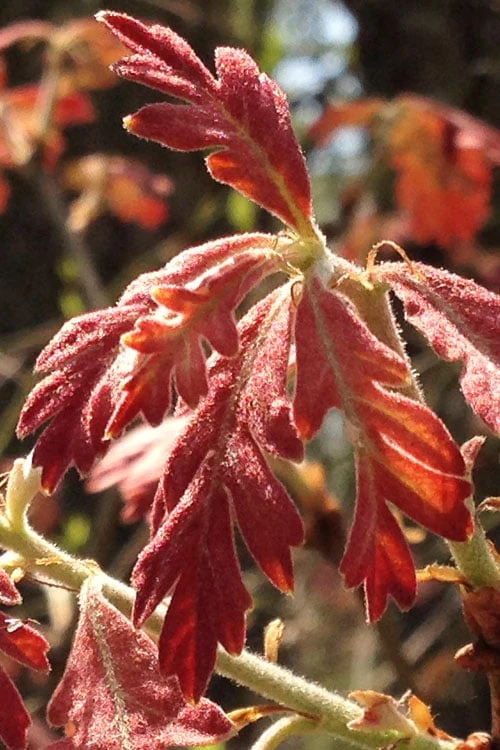


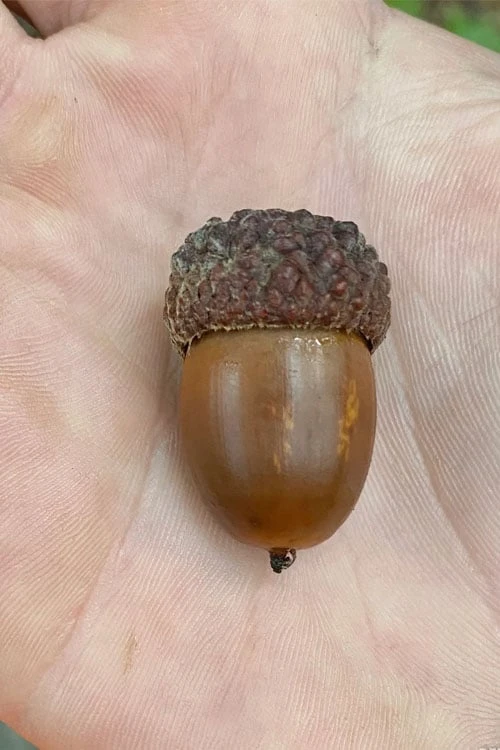


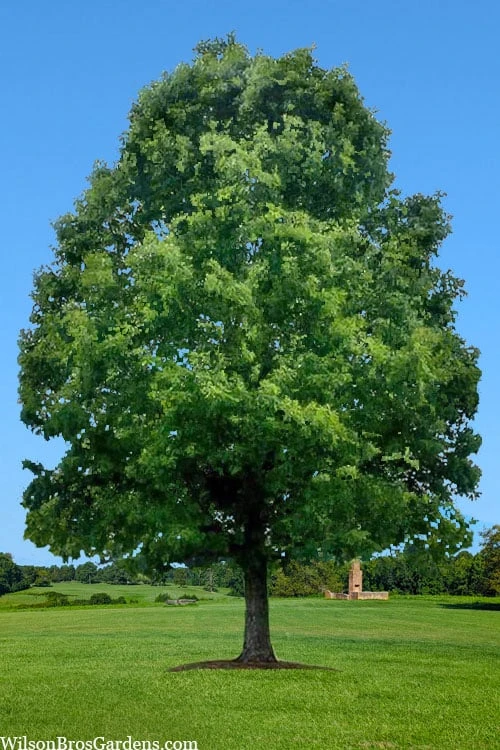
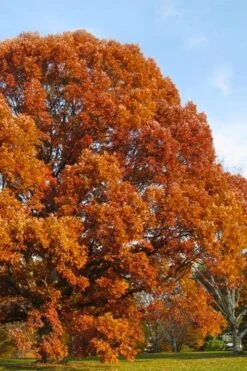





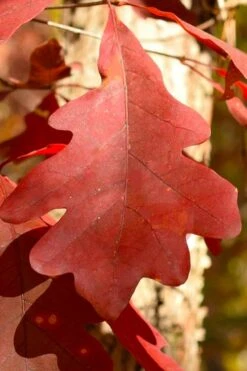



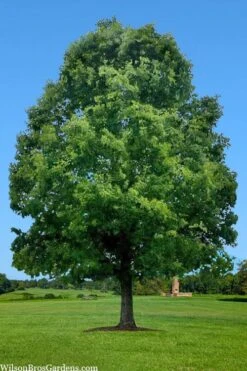




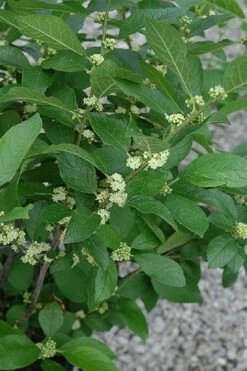



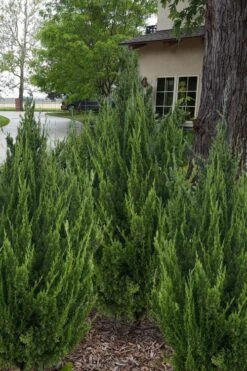







Reviews
There are no reviews yet.